Last week I brought you the story of Richard Doyle, a 34-year veteran of the Los Angeles County District Attorney’s office, and the discipline and retaliation he faced from DA George Gascón after refusing to drop charges against three Black Lives Matter protesters who were charged with placing a “slinky” barricade on a train track as they left a protest at Compton City Hall in November. The barricade was removed by Sheriff’s deputies just 15 seconds before a light rail train sped through the crossing and likely would have caused it to derail. Doyle refused to dismiss the case himself because he believed it was a viable prosecution, complete with surveillance video and confessions. Gascón then sent one of his enforcers to dismiss the case in Doyle’s stead, issued a letter of discipline to Doyle, then essentially demoted him. It was a highly impactful move by Gascón, letting the rest of the office know that his orders were not to be disobeyed (and was referenced in this Open Letter obtained by RedState in late December).
All of the above – kowtowing to BLM, dismissing a viable case, and disciplining a Deputy DA for doing what he believed was his ethical and legal duty – are problematic actions by a District Attorney. The bombshell part of the story, however, was the revelation that there was a recording of defendant Emanuel Padilla’s jail calls just days before the case was dismissed in which Padilla claimed that his attorney, a longtime friend and donor of Gascón’s, was working directly with the DA-elect to have the case dismissed as a political favor.
The audio was so damning that Los Angeles County officials entered a settlement with Doyle on his retaliation claim less than 48 hours after it aired.
And, as it turns out, while this audio had been hidden from the public until Bill Melugin’s story aired, sources tell RedState that an LA Times reporter had the audio as part of a review of the “evidence” in the case he published in early February but didn’t include it in the article because it was “irrelevant.”
Irrelevant? Or too damaging to a politician the LA Times Editorial Board endorsed and defends at every turn?
The recording was played during the TV broadcast of Melugin’s interview and posted on the Fox LA website. In it, Emanuel Padilla says:
“He’s told me, I knew him before this. He’s shown me how he texts with him, so that’s like, uh, you know, having a good mechanic versus your best friend whose married to a mechanic at this point, I think. He told me that he’s spoken to him, and when he brought it up to Gascón, Gascón said he had already started reading about what’s been happening because it’s been everywhere.”
LA Times Reporter “Dumps on” the Story
Since the public wasn’t aware of the audio recording of the jail call until Doyle’s interview aired, both Melugin and Fox LA understandably advertised the story as an “exclusive.” James Queally, the LA Times reporter who’d written the “review of the evidence” took issue with that characterization, tweeting that he “broke [the story] … six weeks ago” – while also saying “there is ALOT [sic] missing from this story.”
I'm normally not one to dump on another reporter's story but there is ALOT missing from this story. I would know because we broke it … six weeks ago. Not sure why Fox is calling this an "exclusive" when we published 85% of it in February. https://t.co/PbWs68X7KO
— James Queally (@JamesQueallyLAT) March 18, 2021
Wow. How did everyone miss that bombshell? Perhaps because the surveillance video was only described in Queally’s story and the jail call not even mentioned? Or perhaps because Queally’s story seemed to be a thinly-veiled way of shaping public opinion about both the dismissals and the legitimacy of Doyle’s grievance (a/k/a getting out in front of the story)?
Also, the headline of Queally’s story, “L.A. County sheriff claimed protesters tried to derail a train. Footage suggests otherwise,” is quite different from Fox’s: “Prosecutor accuses Gascón of retaliation, unethical behavior for dropping felony case against protesters.”
Queally proceeded to pick Melugin’s story apart on Twitter, listing a number of items he considered to be deficiencies in reporting, and ending by essentially telling Melugin to “do better.”
So, What’s Missing From the Story?
The thread stood out to me since it’s rare to see one journalist “dump on another journalist’s story,” as Queally admitted, especially on Twitter. Why would he do this? I decided to dive into Queally’s claims and see if they were legit.
The video of the incident. Doyle’s transfer and allegation of mistreatment by Gascon. The complaints about Gascon ally Mario Trujillo interfering in a case (a recurring theme in LA Times reporting lately!). Everything except the jail call is in this story. https://t.co/WGVfX9dkfc
— James Queally (@JamesQueallyLAT) March 18, 2021
In the tweetstorm, Queally claims his story had the surveillance video. One would hope so since the headline references “footage,” yet the actual footage wasn’t included in the web version of the story (obviously it can’t be included in the print version). Queally described his impression of it, but readers had no way to watch the video themselves to judge the veracity of his description.
Queally did mention Doyle’s transfer, his allegation of mistreatment by Gascón, Trujillo’s interference in the case, and the fact that Trujillo is a Gascón ally.
Everything but the jail call, though? If Queally received the surveillance video, why not the jail call? The LA County Sheriff’s Department, which has a major beef with Gascón, wouldn’t have held that back.
And there’s one other item that was in Melugin’s story but not Queally’s: A December 8, 2020 email from Gascón to Doyle saying, “It is my understanding you are refusing to” dismiss the Padilla case and that he is sending Mario Trujillo to Compton to dismiss it. Translation: Gascón sent an email documenting Doyle’s “insubordination” to have a paper trail for discipline.
Next Queally said that since he did a TV spot and a radio appearance on “the story,” Melugin’s couldn’t be an exclusive. And couldn’t resist throwing in snark about a carrier pigeon and smoke signal.
I also did a TV spot and a radio appearance on this story. So the only mediums in which this story would be an exclusive would be like … carrier pigeon, smoke signal and American Sign Language.
— James Queally (@JamesQueallyLAT) March 18, 2021
Now, it’s possible that I missed something, but pretty exhaustive searches online didn’t turn up any TV spots or radio appearances James did on this story.
Proof of Intent, “Dueling” Reports
Queally next lists some particulars.
The story is missing … so much: 1) Prosecutors would have needed proof of intent to derail a train for the top charge, which was dismissed. They didn’t have it. Doyle admitted to me that would have been a problem at trial. Legal experts agreed.
— James Queally (@JamesQueallyLAT) March 18, 2021
But there's also no mention of the dueling LASD reports that describe the incident differently (would have been a problem at trial). No attempt to contact prosecutors not involved in the case who can make compelling explanations as to why the case was dropped.
— James Queally (@JamesQueallyLAT) March 18, 2021
Queally admits that the evidence was there for the lesser charge, but says Melugin ignored the fact that the ability to prove intent would be difficult to prove at trial. However, Doyle said in the interview that in Padilla’s statement to investigators, Padilla said he thought the obstruction would damage the train’s electrical system and that he didn’t intend to wreck the train. Clearly, that indicates that proving intent would be a problem at trial.
The next criticism is that Melugin didn’t mention “the dueling LASD reports that describe the incident differently.” Here is what Queally’s story says about that issue:
An initial sheriff’s department incident report also describes only two suspects dragging the metal barricade, neither of whom are Padilla.
Yet three days later, the sheriff’s department filed a supplemental report with the account of a detective who had monitored the protest and “immediately” recognized Padilla there based on information gathered from criminal investigations. He claimed he had witnessed Padilla dragging the coil onto the tracks, in contrast to the video evidence filed in the case. The report said Padilla helped two individuals drag the coil and continued to pull it in a tug-of-war with deputies after the other two had let go.
Okay. There’s a lot to unpack here. First of all (based on my 20-year career as a court stenographer and years of experience in criminal courtrooms), it’s not uncommon for law enforcement agencies to file supplemental reports. Secondly, there are often differences between accounts of different law enforcement officers, just like there are with eyewitnesses. Those are issues for the fact-finder – the jury – to resolve.
Then, Queally inserts the conclusory “in contrast to the video evidence filed in the case,” after stating that a detective had witnessed Padilla dragging the coil onto the tracks. Queally doesn’t point out that a large tree obscures the camera’s view of part of the tracks and that it also doesn’t show Padilla NOT dragging the coil onto the tracks.
Queally quotes Gascón’s “special advisor” Max Szabo as criticizing the Sheriff’s deputies for not immediately arresting the trio if their actions were potentially so harmful. Queally doesn’t point out that the deputies were busy removing the slinky barricade from the tracks before the train came through, and then the train obviously blocked their ability to cross the tracks and pursue the defendants. Say deputies decided to run after them and ended up having an altercation with one or more? Their attorneys and BLM apologists would then claim – as they did anyway – that they were being harassed by LASD and the charges were retaliation for protesting.
Which Prosecutors and Legal Experts Should be Interviewed?
Queally accuses Melugin of not attempting to contact prosecutors who could give a favorable explanation for the charges being dropped. How does he know Melugin didn’t do that? And, which “prosecutors” would he suggest? Tiffany Blacknell, a former Public Defender recently hired by Gascón, who sent around a “snitch form” so defense attorneys could report DDAs and judges who didn’t toe Gascón’s line? Or Gascón’s Interim Chief Deputy Joseph Iniguez, who’s never tried a felony case in his life (just like his boss)?
Which brings us to the subject of the legal experts cited in Queally’s piece, who were supportive of charges being dropped and claimed there would be problems prosecuting the case. One, USC Law Professor Jody Armour, is a key Gascón supporter whose endorsement is touted on the campaign website. He also penned an op-ed supporting Gascón’s reforms two days before Queally’s article dropped. Armour is also a Soros Justice Senior Fellow of The Open Society Institute’s Center on Crime, Communities, and Culture. Soros and his organizations were major funders of Gascón’s campaign. Yet Queally mentions none of these things.
The Jail Call and Corruption Allegations
Let’s get back to that jail call. Queally admits that he “heard rumors” about the call but darn it, just couldn’t get the audio, then claims that “it seems” Melugin used the audio “for the sake of alleging corruption that the story doesn’t really back up.”
I did asked former Compton Head Deputy Doyle about the call, and he described it, but would not go as far as alleging the defense attorney's past contribution necessarily meant Gascon's decision in this case was biased or somehow corrupt.
— James Queally (@JamesQueallyLAT) March 18, 2021
Oh. So Queally confirmed the call’s existence with Doyle and obtained a verbal description of it. But since Doyle wouldn’t make an outright allegation that his boss – a boss who’d already disciplined him and retaliated against him and others in the office who spoke out – Queally said, “Meh, since he didn’t allege there was misconduct, I can’t write anything about even the call’s existence.” Come on. He also didn’t mention that Gonzalez was a donor and friend of Gascón, which would have been verifiable without the call.
Also, since Doyle had already filed a grievance about his transfer out of Compton, had heard that jail audio, and knew that the jail audio could substantially help his case, does it make sense that Doyle wouldn’t have offered to get Queally the audio if he didn’t already have it?
As mentioned at the top of the story, multiple sources who spoke to RedState on condition of anonymity and who were privy to the investigative file and media interviews that were conducted for both Queally and Melugin’s stories, Queally did have the audio recording of the jail call but thought it was irrelevant. In other words, it didn’t go along with the story the LA Times wanted to publish and, even though it raised questions about whether Gascón engaged in unethical or corrupt behavior, they buried it.
That could explain why Queally had his nose so out of joint over Melugin’s “exclusive.”
Other Questions
Queally did not respond to an emailed list of questions from RedState about his story and about the jail call. For the sake of transparency, here is what was asked:
1. What prompted your review of the “evidence”?
2. Why was the surveillance video not included in the web version of the article?
3. Which outlets were your radio and TV appearances with? I wasn’t able to find any links after a pretty exhaustive search.
4. Even though Doyle didn’t outright suggest corruption, did hear such an allegation from others involved in the case? If so, why wasn’t that reported?
5. Did you see this tweet? Do you know who the person talking with Gascon is?
6. Did you ever get access to the recording of the jail call? If you had it, would you have printed the contents of it and raised the possibility of improper access?
7. Did you talk to any experts who said that the case should go to trial?
8. Why didn’t you note that one expert you cited, Jody Armour, had penned an op-ed in favor of Gascon’s reforms just two days before your story ran? https://witnessla.com/op-ed-
9. Why didn’t you note that Armour is listed on Gascon’s campaign website as a prominent endorser? https://www.georgegascon.org/
If we receive answers from Queally, we will update this piece.
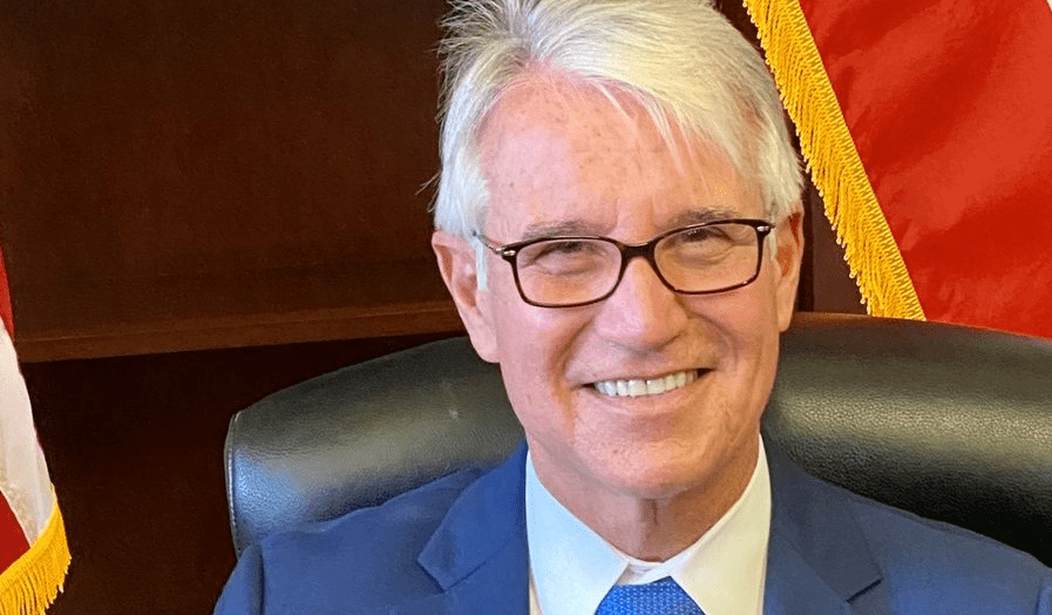



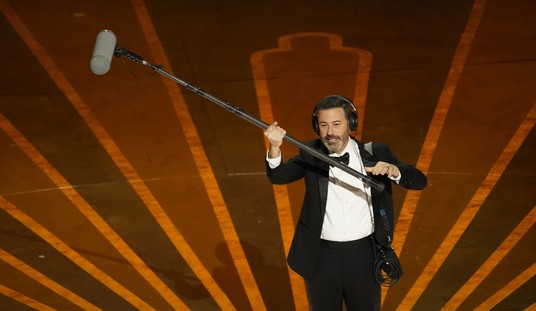

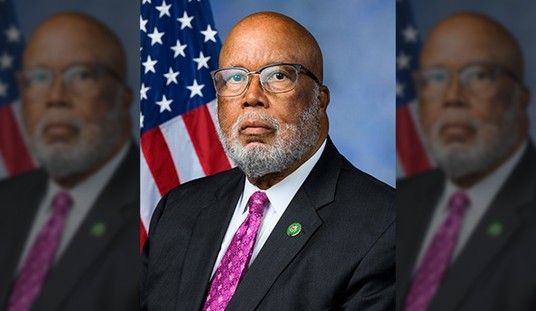
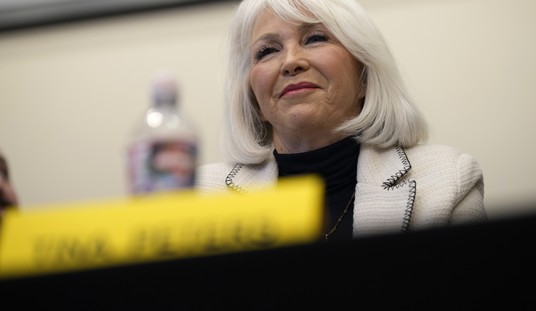

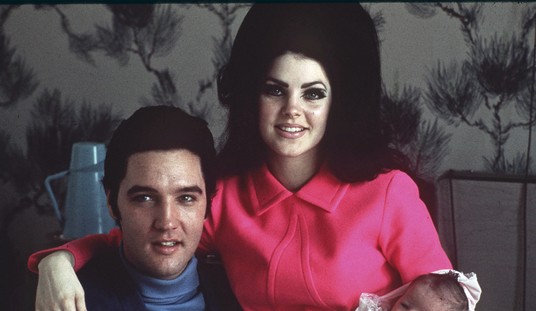



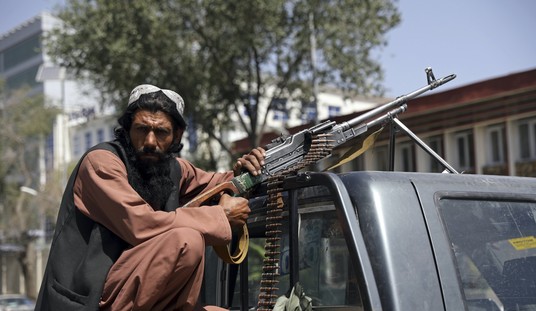
Join the conversation as a VIP Member